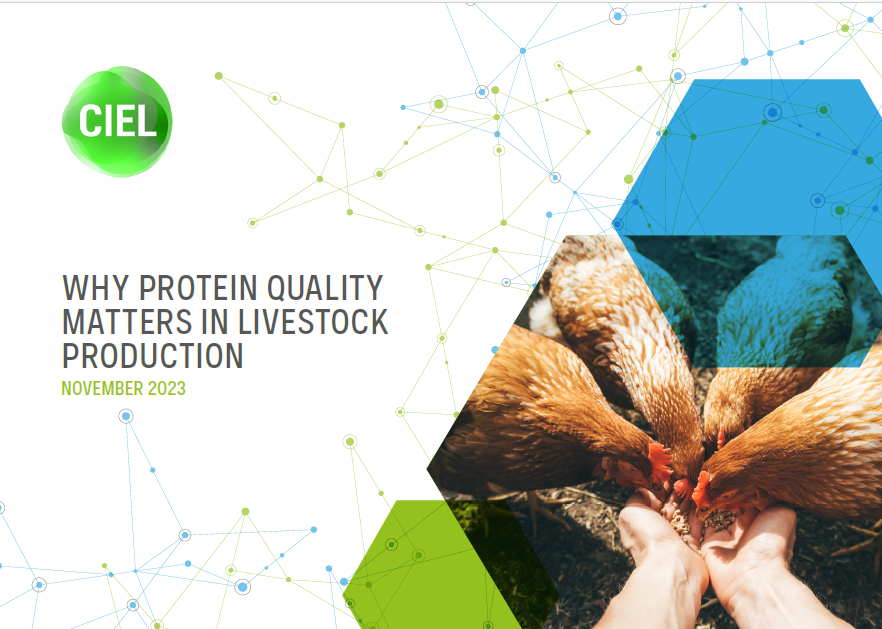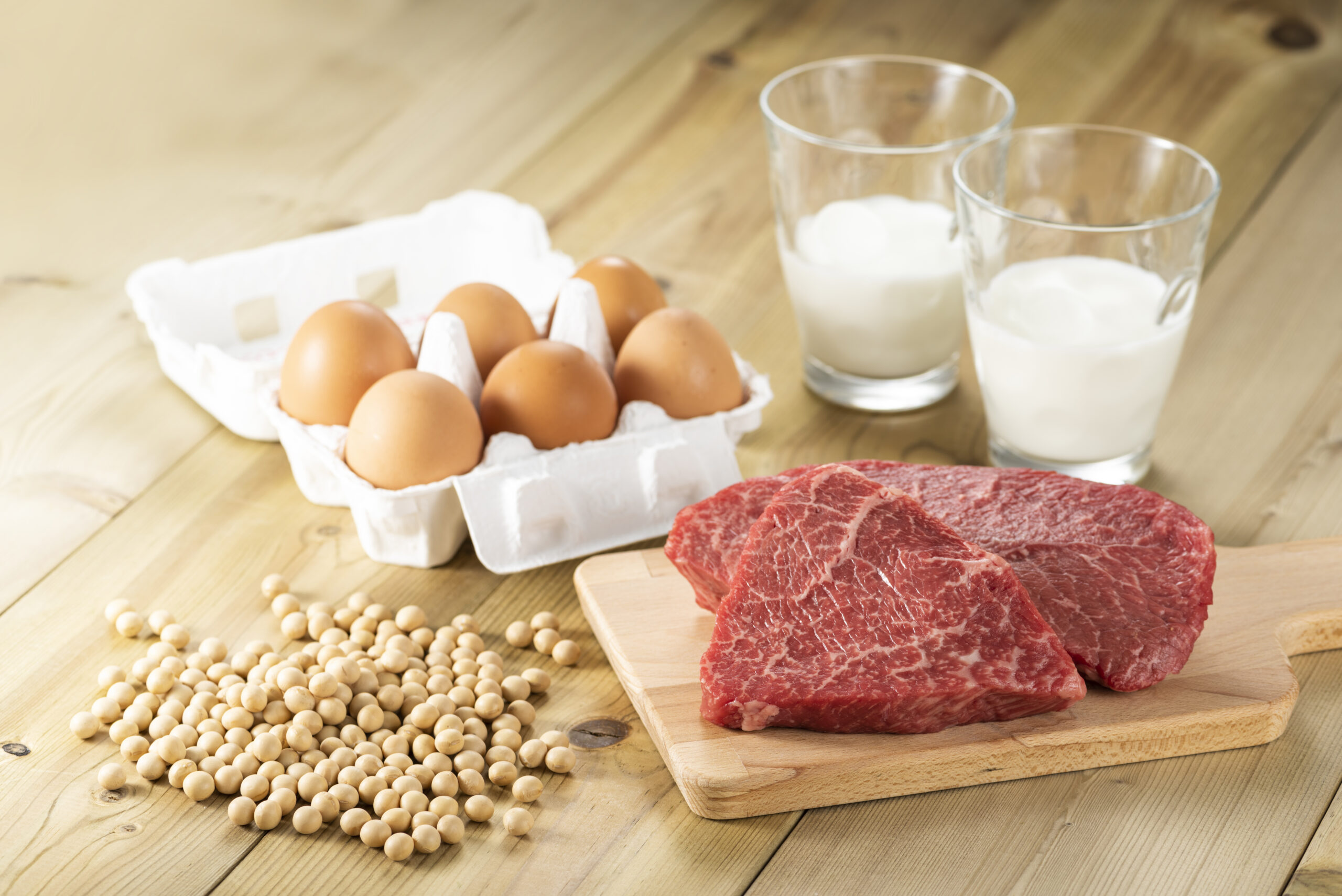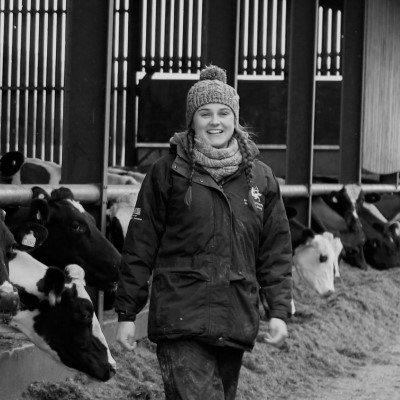CIEL | Blog: Not all proteins are equal
Dr Mark Young

When it comes to nutrition for humans and livestock, not all proteins have the same diet value. Protein is an essential part of any diet, supplying amino acids (the building blocks of protein) the body requires.
Some amino acids must be supplied in the food the animal eats (termed essential), and others the body can synthesise from the breakdown of amino acids and other protein sources in the body, (termed non-essential). The ratio of amino acids in different proteins largely defines their quality.
High quality proteins supply amino acids in proportions close to the ratio needed for the synthesis of specific proteins in the body. This includes tissue growth development of the foetus, egg and milk production.
Unsurprisingly, the amino acid composition of protein from livestock products is similar to that of humans, so animal derived products supply high quality protein to our diets. In contrast, plant biology is different to that of birds and mammals and the amino acid composition in plant proteins is different to animal proteins.
Therefore, plant proteins are mostly of lower quality in diets of animals and humans. One of the reasons we farm animals is because they take lower quality feedstuffs, including lower quality plant protein, and transform that into high quality, protein-based foods for humans.
Amino acids contain significant amounts of nitrogen which is important when excess protein is broken down in the body. The downside of eating lower quality plant protein is, the amount of protein you can create is limited by the concentration of essential amino acids needed to make animal protein.
Excess non-essential amino acids are broken down and by-products excreted, with nitrogen lost as urea in mammals and uric acid in birds. In other words, to make the same amount of protein, an animal needs to eat more plant protein than animal protein and will excrete more nitrogen as urea doing so.
Livestock nutritionists reduce such “wastage” by formulating diets based on plant protein closely matching the animal requirements at that production stage. By adding synthetic supplements of the essential limiting amino acids, the total amount of protein in the feed can be reduced and the proportions of amino acids supplied is closer to what animals require.
In the environment nitrogen lost from animals in urine or faeces can be converted to ammonia (a breathing irritant for animals and humans), nitrous oxide (a potent greenhouse gas) or nitrate (which if lost from soils into waterways can cause excessive aquatic plant or algal growth, reducing oxygen for aquatic animals). From the point of view of environmental impact we want to see protein being used with high efficiency to help reduce production of such nitrogenous pollutants.
Microbes can capture nitrogen, for their own protein needs, and make it available to plants or animals. In fact, soil microbes can capture nitrogen and convert it to a form that plants can use for their growth. Furthermore, ruminants, which have a huge population of microbes in their rumen, benefit directly from this process.
These microbes can use non-protein sources of nitrogen to make protein, or convert lower quality plant protein into higher quality microbe protein, so that further down the digestive tract the ruminant animal itself digests and absorbs microbial protein. This symbiotic relationship between the ruminant and the microbes it carries in the rumen means the ruminant can survive and prosper on very low-quality plant feed where other animals cannot.
It is the ability of animals to eat lower quality feed than we can or wish to, converting that into highly nutritious food for humans, that means they play a critical role in our food system. They cn use feed or food by-products as well as forages of low nutritive value to humans, growing where higher value crops cannot grow, transforming these into highly nutritious foods that can play an important role in a balanced diet for humans derived from plants and animals.
CIEL commissioned the report “Why protein quality matters in livestock production” to describe these key ideas to a wider audience than farmers, agricultural scientists and nutritionists (livestock or human). If we are to make informed decisions about efficient use of agricultural resources, we need to understand the value livestock add in the provision of high-quality protein for human diets, and the resources that can be used to do that. You can download this report here.


Dr Mark Young, Innovation Specialist
Mark is CIEL’s Innovation Specialist, coming to CIEL in 2016 after 15 years as senior geneticist for Beef and Lamb New Zealand. He has a wide-ranging knowledge of animal science with particular interests in meat production and the application of genetics to improve livestock, for the ruminant sector in particular. Mark provides expert technical support to project development and delivery while also identifying opportunities for innovation, guiding development of thought leadership activities and representing livestock industry interests.







